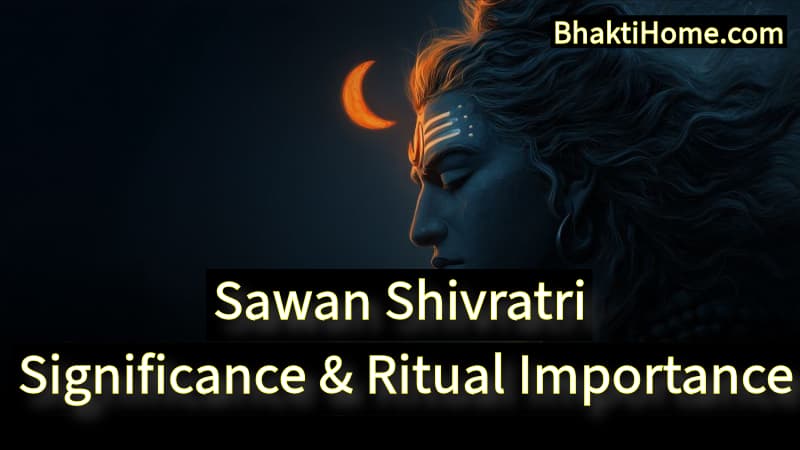
Sawan Shivratri 2025 - In a calendar year, there is one Maha Shivratri and eleven other monthly Shivratris, known as Masik Shivratris. These monthly Shivratris occur once every lunar month, specifically on the Chaturdashi (14th day) of the Krishna Paksha (waning moon phase).
Sawan Shivratri 2025: Date, Significance & Ritual Importance
That means there are 12 Shivratris in total each year. According to belief, observing fasts and performing rituals on Masik Shivratri pleases Lord Shiva and brings spiritual merit.
Among these, the Shivratri that falls during the month of Shravan (Sawan) holds special significance. It's referred to as Sawan Shivratri or Shravan Shivratri.
The entire month of Shravan is considered sacred and is dedicated to the worship of Lord Shiva. Therefore, the Shivratri that falls in this holy month is regarded as especially auspicious.
🗓️ Sawan Shivratri 2025 Date & Timing:
According to the Hindu Panchang, the Chaturdashi tithi of Krishna Paksha in the month of Shravan will begin on 23rd July 2025 at 4:39 AM and will end on 24th July at 2:28 AM India Time.
Following the Udaya Tithi (sunrise-based calculation), the fast and rituals for Sawan Shivratri will be observed on Wednesday, 23rd July 2025.
🔱 Significance of the Four Prahars (Night Vigil of Shivratri)
On the night of Shivratri, devotees worship Lord Shiva through four distinct time phases, known as prahars. Each prahar is associated with a different offering and form of meditation. Devotees perform Rudrabhishek using sacred items like water, milk, curd, honey, ghee, and Ganga water.
In each prahar, Lord Shiva is offered a unique bhog (food offering), flowers, and chanted with specific mantras. It is believed that staying awake and worshipping through all four prahars removes obstacles from one's life and brings immense spiritual benefits.
Each prahar also represents a deeper aspect of our being:
- First Prahar – Body
- Second Prahar – Mind
- Third Prahar – Soul
- Fourth Prahar – Supreme Consciousness (Brahman)
Worship during each of these phases is meant to purify these layers of existence, gradually guiding the devotee toward union with Lord Shiva. The night of Shivratri is symbolic of the journey from the physical to the spiritual — a process of transformation and self-realization.
📜 Scriptural References & Beliefs
According to the Linga Purana, observing fast, staying awake at night, and offering bel leaves, water, and milk to the Shivling on this sacred day—especially during the month of Shravan—grants devotees with good fortune, long life, and ultimately, moksha (liberation).
One famous story from the Linga Purana narrates how even an ignorant hunter (chandala) attained salvation unknowingly by offering a bel leaf to a Shivling on Shivratri night.
Furthermore, worship during the Nishita Kaal (midnight period) of Sawan Shivratri is considered extremely potent. It is believed that during this time Lord Shiva performs the cosmic dance – the Tandava. Performing Shiv Abhishek and chanting the Maha Mrityunjaya Mantra during this phase can grant powerful siddhis (spiritual accomplishments) and blessings.
🔥 Agnipuran on Shravan Month Worship
As stated in the Agni Purana:
“Shravanasya tu māse tu Shivārcanam viśeṣataḥ,
Sarva-kāma-samṛddhyarthaṁ bhavaty-eva na saṁśayaḥ”
Translation:
“Worshipping Lord Shiva during the month of Shravan certainly fulfills all desires—there is no doubt about it.”
Har Har Mahadev! 🙏

